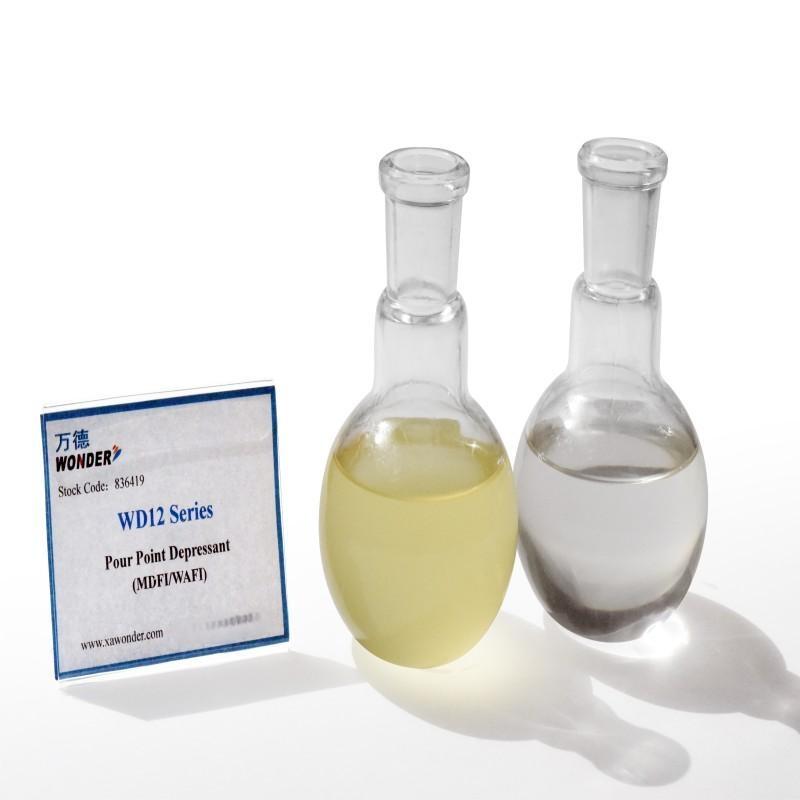-
Categories
-
Pharmaceutical Intermediates
-
Active Pharmaceutical Ingredients
-
Food Additives
- Industrial Coatings
- Agrochemicals
- Dyes and Pigments
- Surfactant
- Flavors and Fragrances
- Chemical Reagents
- Catalyst and Auxiliary
- Natural Products
- Inorganic Chemistry
-
Organic Chemistry
-
Biochemical Engineering
- Analytical Chemistry
-
Cosmetic Ingredient
- Water Treatment Chemical
-
Pharmaceutical Intermediates
Promotion
ECHEMI Mall
Wholesale
Weekly Price
Exhibition
News
-
Trade Service
In mid-to-late November, international crude oil prices fell
significantly from the high set at the beginning of the month.
We found that the WTI crude oil inter-month spread converged rapidly, the spread structure shifted from the previous front-month premium to the far-month premium, and the Brent crude oil and WTI crude oil spread showed a repairing widening, which means that crude oil supply concerns have eased
significantly.
From the perspective of supply and demand structure, due to the high possibility of recession in developed economies such as Europe and the United States in 2023, crude oil forward demand will weaken significantly, and in the near future, due to OPEC production cuts and sanctions on Russian crude oil, crude oil prices are facing a new round of decline
risk after digesting supply factors.
High inflation has led to interest rate hikes in Europe and the United States
From the perspective of many economic indicators, the risk of recession in Europe and the United States has increased
significantly.
For example, in October, the Eurozone manufacturing PMI continued to be below the 50-boom-dry watershed, while the US manufacturing PMI also fell back to 50.
2, about to fall below the
50-boom-dry watershed.
For the US, falling consumer confidence and a sharp cooling in real estate mean that private-sector balance sheets are deteriorating
.
The deep inversion of the U.
S.
yield curve reflects the weakening of the U.
S.
economy and, to some extent, indicates the risk of
recession in the U.
S.
economy over the next year or two.
According to the Bloomberg Global Aggregate Bond Sub-Index, the average yield on sovereign bonds maturing 10 years or more is already lower than the yield on bonds maturing 1-3 years, which has never happened since 2000
.
However, the Fed and the ECB faced high inflation and had to continue raising interest rates
amid the economic slowdown.
On November 28, New York Fed President Williams, who has permanent voting rights in the Fed's monetary policy committee, said the Fed would do more to curb inflation
.
Despite the recent easing of supply chain challenges, inflation remains "too high"
.
Bullard, the president of the St.
Louis Fed who has voting rights in the Fed's monetary policy committee this year, said that financial markets have underestimated the probability that Fed policymakers will need to raise interest rates more aggressively next year to suppress inflation, and "there is still a large extent" expectation that inflation will naturally fall, and the Fed needs to raise interest rates to at least the low end of the range of 5.
0%-7.
0% to meet the goal
of making interest rates sufficiently restrictive.
There is a possibility that global crude oil production will decline
According to data released by the US Energy Information Administration (EIA), global crude oil supply was 102 million b/d in October, up from 97.
56 million b/d in the same period last year, of which OPEC crude oil supply reached 34.
79 million b/d
.
According to OPEC's monthly report, OPEC crude oil production in October rose 7.
6% from a year ago to 29.
494 million b/d, but down 0.
71%
from September.
Among them, Saudi Arabia, the largest producer in OPEC, fell to 10.
838 million b/d in October from the previous month, but increased production by 1.
072 million b/d
from the same period last year.
As agreed at the OPEC+ meeting on October 5, the production target will be cut by 2 million barrels
per day from November.
Among them, Saudi Arabia's daily production quota was reduced to 10.
478 million barrels from November to the end of next year, and Saudi crude oil production in November was reduced by 360,000 barrels per day
compared with October, according to Saudi Arabian production in October.
At present, only some OPEC members will implement the agreed production cuts, with major oil countries such as Saudi Arabia and the United Arab Emirates being the main force in the cuts, while other members have already produced below their quotas
due to years of underinvestment or domestic political instability.
In the United States, U.
S.
crude oil production remained at a high of 12.
1 million b/d in the week ended Nov.
18, up 600,000 b/d from a year earlier, but growth was close to stagnating
in nearly two months.
Although the number of U.
S.
crude oil rigs continues to rise, shale oil extraction takes time
.
Crude oil demand may continue to face downward pressure
Globally, the dollar remains strong and has spurred a broad sell-off
in commodities.
For oil, these headwinds have added downward pressure
on an already fragile crude oil market.
The demand outlook is weakening
due to concerns about high oil prices and a recession.
EIA expects global crude oil consumption to rise to 99.
32 million b/d in September 2022 to 101 million b/d in December, slipping to 0.
94%
year-on-year.
At the end of 2022, global crude oil demand was 1 million barrels per day less than supply, that is, the global crude oil maintained a pattern of excess
.
The growth rate of global crude oil consumption continues to decline
In terms of countries, in the past two months, US gasoline and distillate consumption has been weak, which is a year-on-year decline
.
Data released by EIA showed that in the first four weeks ended November 18, the total demand for refined oil products in the United States averaged 20.
678 million barrels per day, 0.
1% higher than the same period last year; Demand for motor gasoline averaged 8.
685 million barrels per day, 7.
0%
lower than the same period last year.
There is uncertainty about sanctions against Russian crude oil exports
In November 2022, Russia's oil production quota under the OPEC+ deal was reduced from 11 million b/d to 10.
5 million b/d
.
In October, Russian oil production, including condensate, was 1.
47 million mtd, or 10.
78 million b/d, slightly lower than the 10.
8 million b/d
reported in September.
Some institutions predict that when the EU embargo on Russian crude imports comes into effect, Russia's oil production may fall to 9 million barrels per day
in December.
Previously, some institutions predicted that about 2 million barrels of crude oil exported by Russia per day would be forced to cut production
because it could not find a buyer.
There is still great uncertainty
about how much the EU sanctions, which will come into effect on December 5, will affect Russia's crude exports.
At the end of November, EU member states were working to agree on a price limit on Russian shipments to allow the use of European ships and international trade insurance
.
The EU's proposed price cap is $65 per barrel, which is higher than the current selling price of Russia's flagship Ural-grade crude and has little impact on Russian crude exports
.
Therefore, there are downside risks to international crude oil prices in the future, and investors can use CME Group WTI crude oil futures (symbol: CL) to hedge this risk
.
OPEC+ will hold a new round of meetings on December 4 to discuss
production policies for 2023.
Investors can refer to the results of the meeting calculated by CME Group's OPEC Watch tool, and as of November 30, the market expects that OPEC+ will maintain the previous production cut agreement unchanged or slightly reduce the production cut, reaching 74.
3%.







